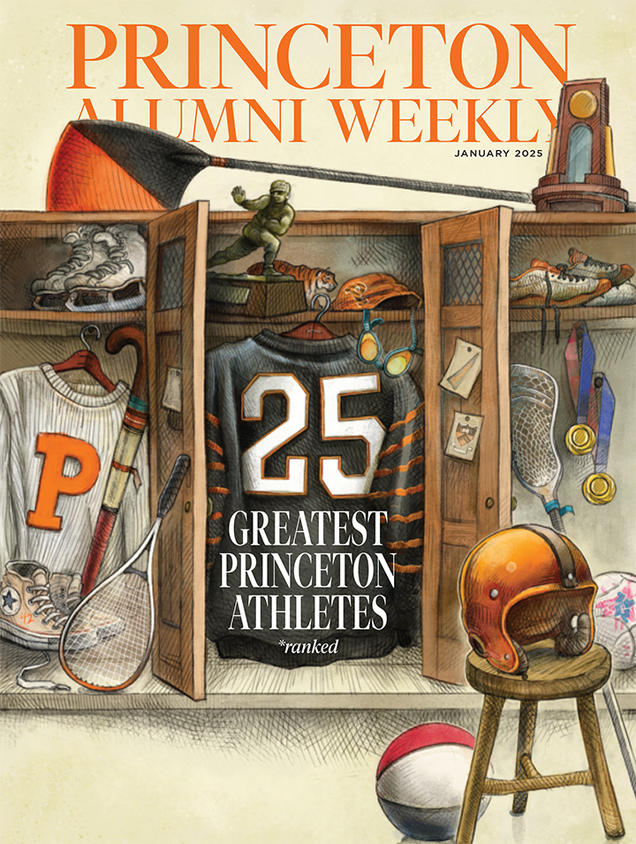Charles B. Forcey ’47
His marriage in 1949 to Pamela Cottier (daughter of Hamilton Cottier ’22 *23, who was a lecturer in English at Princeton and later associate dean of the college) produced a daughter, Blythe, and a son, Peter, but ended in divorce.
In 1961 Pete published a well-received book, The Crossroads of Liberalism.
In 1967, Pete joined the history department of SUNY Binghamton and married Linda Rennie Nash, with whom he had another son, Charles Jr. He also acquired three stepchildren. Pete and Linda bought a farm on the banks of the Susquehanna River, where he combined academic work with raising his children and assorted animals.
In our 50th yearbook, Pete’s essay described his enjoyment of intellectual pursuits, his family (which by then included grandchildren), and his lifelong commitment to humanism and democratic socialism.
In 1999, Pete and Linda moved to Florida, where they enjoyed sailing and travel until he died Feb. 8, 2008. Celebrating this brilliant classmate, we extend sympathy to Linda and the family.
Paw in print
Book Club.
Join and Read With Us.


